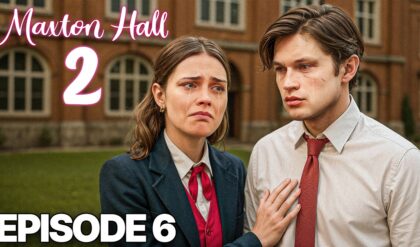The meaning of the choice of the sequence shot and its use in Adolescence
It’s been a long time since a Netflix miniseries managed to capture the attention and receive as much praise from audiences and critics as Adolescence is doing these days. Co-created by Jack Thorne and Stephen Graham (who also stars), the series shines in every way: it offers brilliant, sometimes surprising performances (especially that of Owen Cooper, in his debut on the set), meticulous writing and a direction that leaves you speechless.
One of the most discussed aspects concerns the realization of the sequence shots: the public is fascinated by the way in which long, dynamic and complex passages were created for each episode of the miniseries. Before analyzing the issue on a technical level, let’s take a step back to better contextualize everything.
The direction is entrusted to Philip Barantini , who has already collaborated with Stephen Graham in 2021 for Boiling Point , a film shot in a single sequence shot. The choice of a sequence shot in that case was not only a stylistic expedient, but a crucial decision to give rhythm and tension to the plot, making the film extremely engaging. The technique surprised everyone and numerous videos have been published to explain how it was used. Among these, one of the most complete is certainly the behind the scenes .
The sequence shot in Adolescence
Barantini and Graham decided to bring this technique to Netflix with Adolescence , a miniseries that tackles sensitive issues, treated through an extreme case that is unfortunately increasingly present in newspapers. The focus is on narrative continuity, which is obtained not only through real sequence shots, but also with micro cuts or sudden “blacks”, as in the case of 1917. Although the sequence shot technique on TV is not a novelty (think of series like X-Files or True Detective ), Adolescence elevates it to a central element, transforming it into a visual language that is not limited to a stylistic exercise, but becomes the soul of the series.
This continuity allows the actors to explore and better render the emotional nuances of their characters, highlighting the details and crucial moments that define each of the four hours of the miniseries. Each shot takes the viewer deeper into a world that envelops him, while violence and aggression manifest themselves in an increasingly palpable way, as an extremization of an increasingly violent social reality.
The use of the sequence shot is not only a stylistic choice, but a real narrative tool that helps to tell the evolution of the plot, immersing the viewer in an uninterrupted experience, so much so that it seems as if the entire universe of the series is a single continuous flow. Adolescence therefore stands out as a work that denounces how aggression is slowly permeating our society, making the sequence shot the perfect technique to represent this growing phenomenon, which is now found in every environment of our daily lives.





